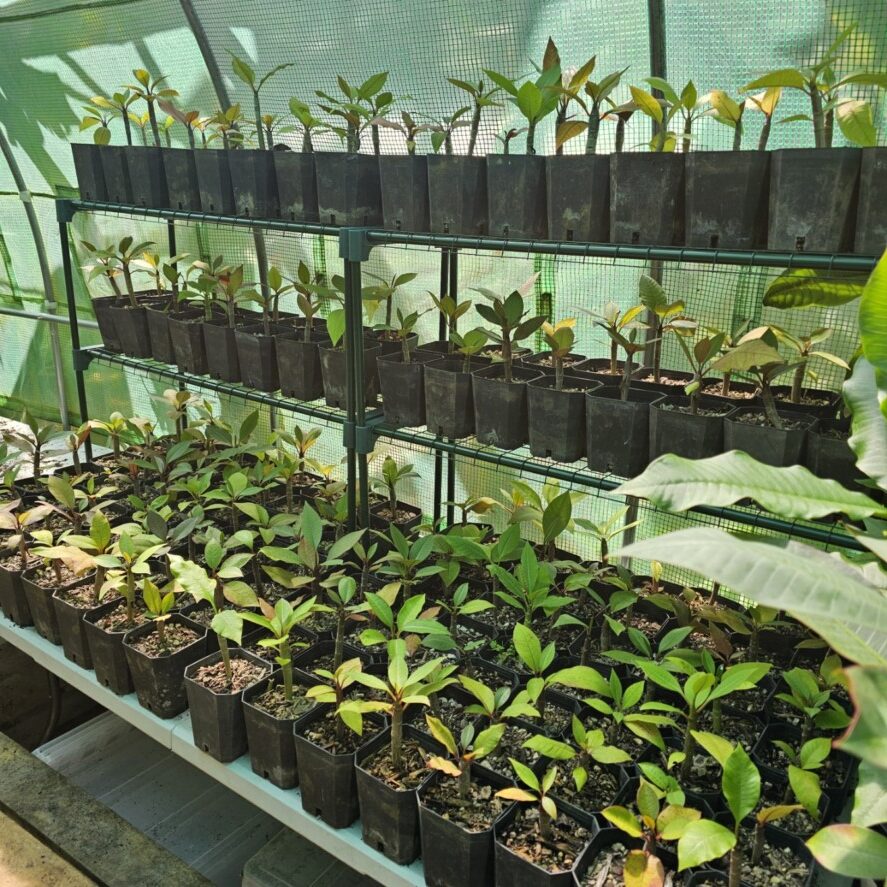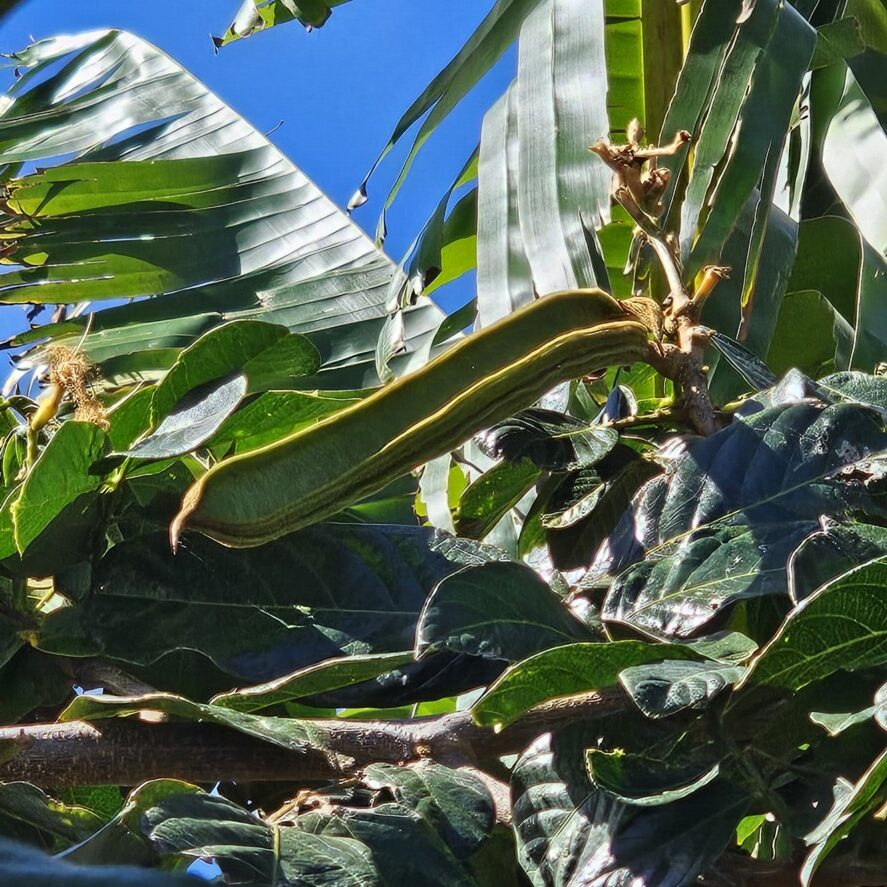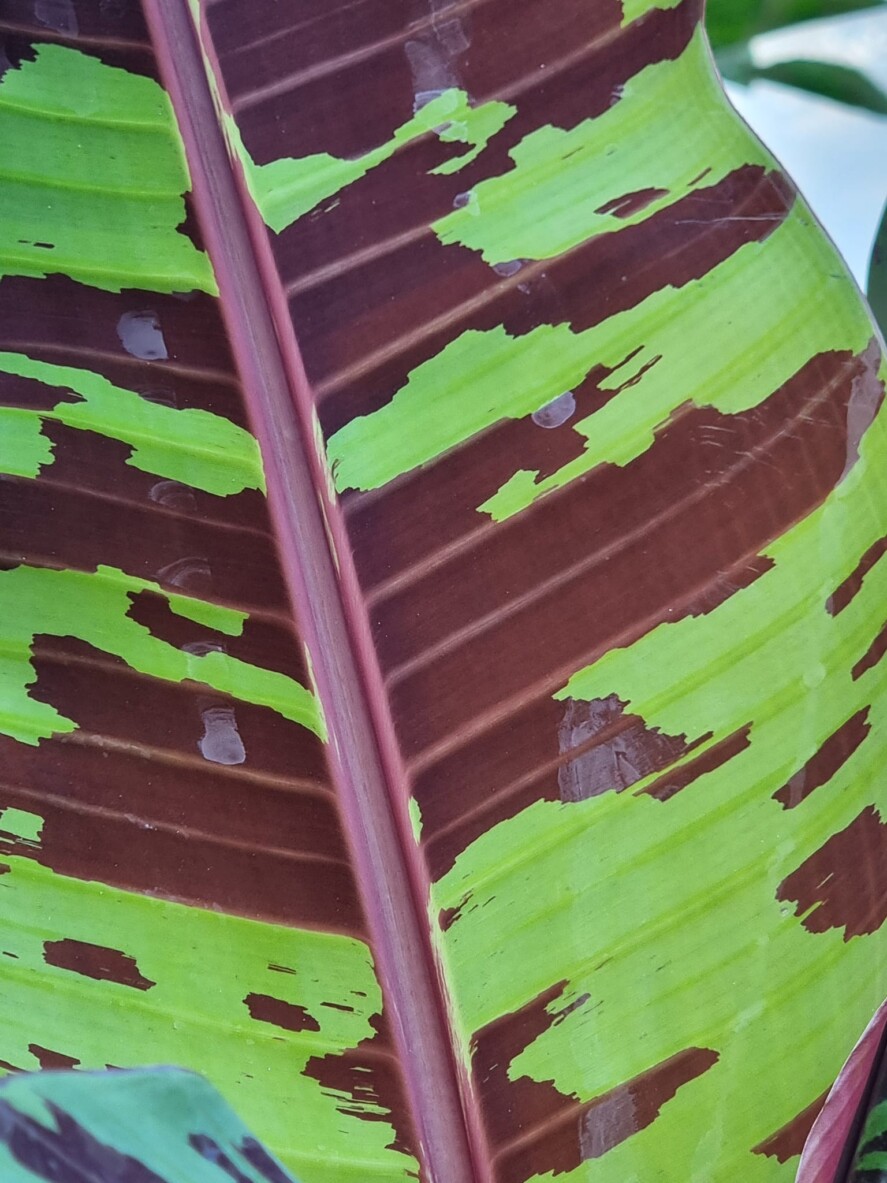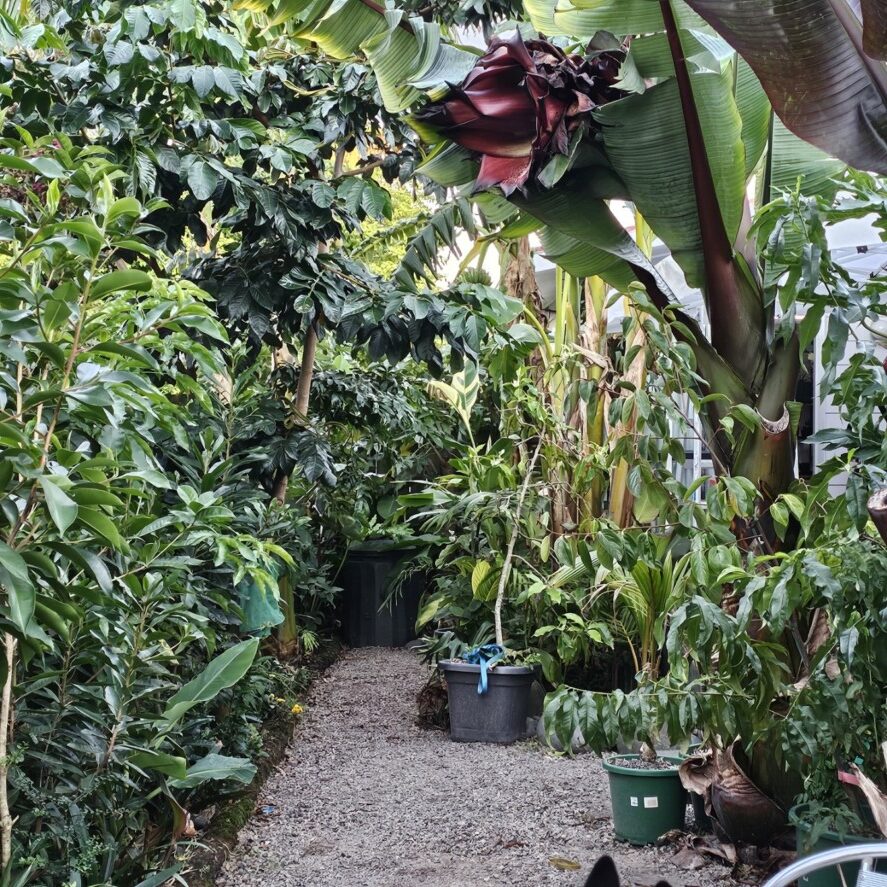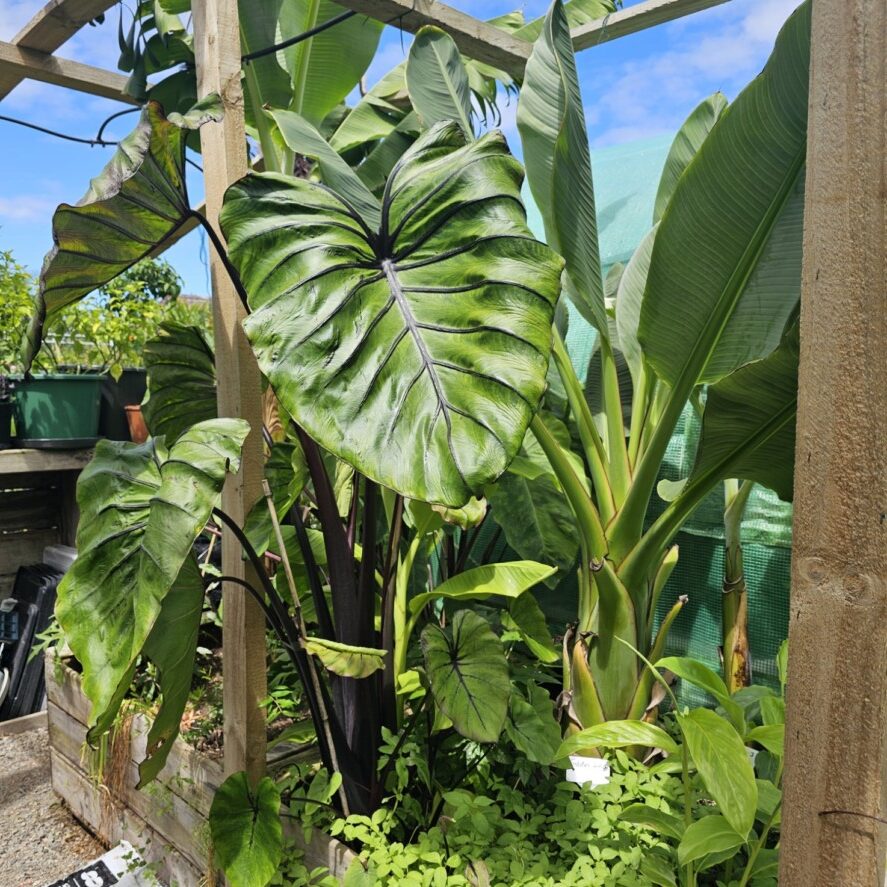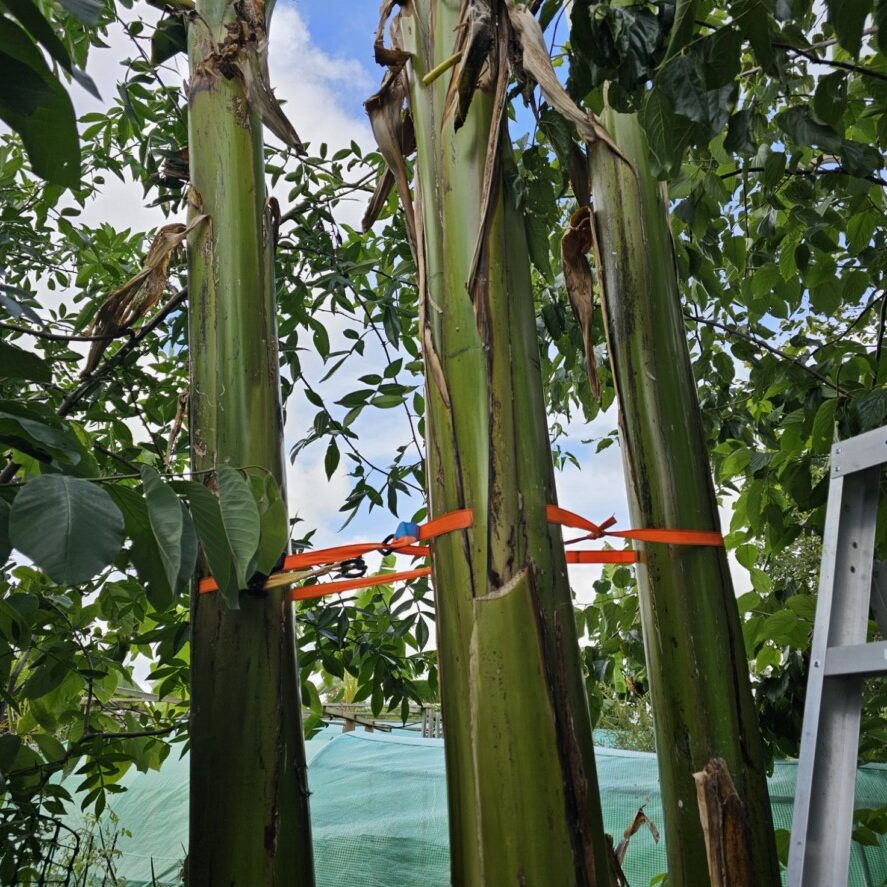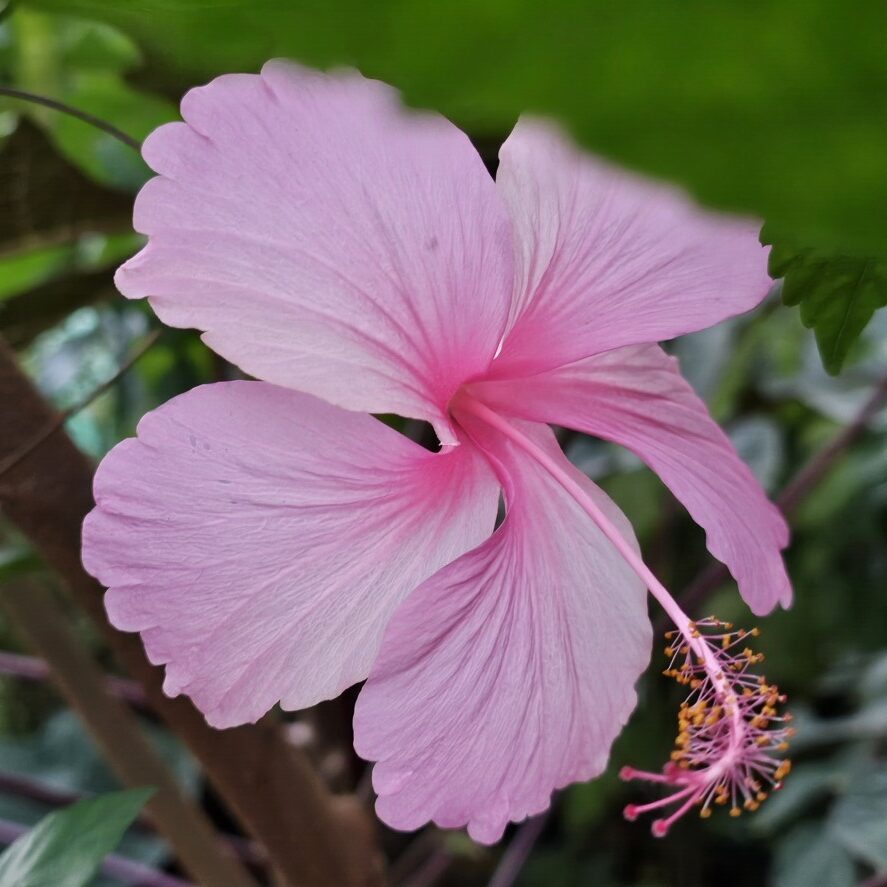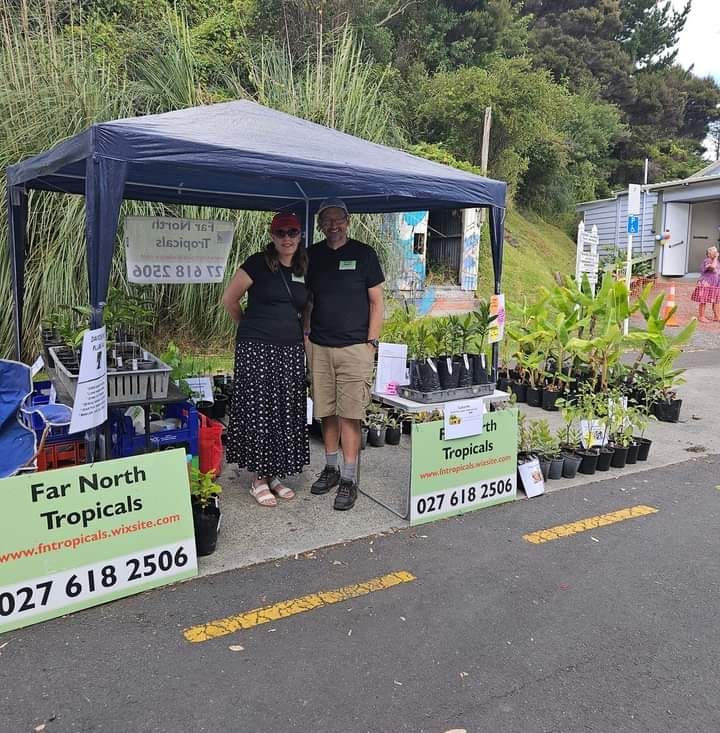-
Troppo Plant & Garden Articles
- Delicious Recipes
- TROPPO’s Food Forest in Te Puke, BOP (www,foodforest.org.nz)
- Troppo’s Plant Collection
- TROPPO's Nursery Directory
- Food Forests of New Zealand (www.foodforests.nz)
- Nursery Map - Plant Suppliers of NZ Directory (www.nurserymap.nz)
- Kids Garden Corner
- New Zealand Garden Bird Survey
- New Zealand Garden Groups
Gardening Checklist for August in New Zealand
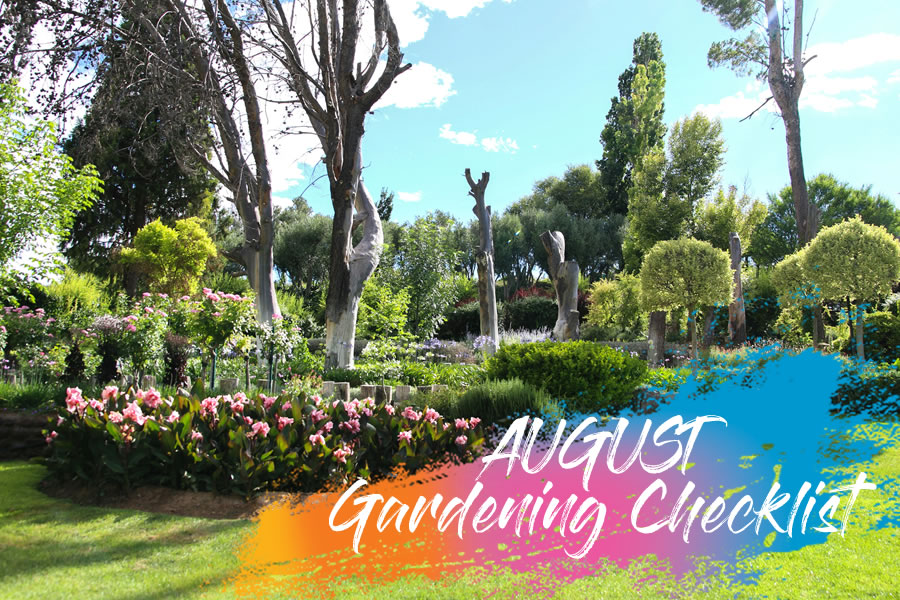
August is the tail end of winter in New Zealand, and it’s a crucial time to start preparing your garden for the upcoming spring. Here’s a comprehensive checklist to help you get your garden ready for the new growing season.
General Garden Maintenance
- Weeding: Keep on top of weeds to prevent them from competing with your plants for nutrients and water.
- Mulching: Apply mulch around plants to retain moisture, suppress weeds, and protect roots from late winter frosts.
- Cleaning: Clear away any fallen leaves and debris from garden beds and pathways to prevent pests and diseases.
- Tool Maintenance: Clean, sharpen, and oil your garden tools to prepare them for the busy spring season.
Vegetable Garden
- Planning: Plan your vegetable garden layout for spring planting. Decide which vegetables to grow and where to plant them.
- Soil Preparation: Enrich the soil with compost or well-rotted manure to improve fertility and structure.
- Seed Starting: Start sowing seeds indoors for early spring vegetables such as tomatoes, peppers, and eggplants. Use seed trays and a warm, sunny spot or a heated propagator.
- Planting: Direct sow cool-season crops like peas, spinach, lettuce, and radishes once the soil is workable.
- Cover Crops: If you have green manure crops growing, cut them down and dig them into the soil to decompose and enrich the soil.
Fruit Garden
- Pruning: Finish pruning deciduous fruit trees such as apples, pears, and stone fruits before they start to bud. Remove dead, diseased, or crossing branches to improve airflow and shape the tree.
- Planting: August is a good time to plant new fruit trees and berry bushes. Ensure they are well-watered and mulched to help them establish before spring.
- Feeding: Apply a balanced fertilizer or compost around the base of fruit trees and berry bushes to support new growth.
- Mulching: Mulch around the base of trees and bushes to retain moisture and suppress weeds.
Flower Garden
- Planting: Plant spring-flowering bulbs such as daffodils, tulips, and crocuses. Also, plant winter annuals like pansies, violas, and primroses for early color.
- Pruning: Prune winter-flowering shrubs after they finish blooming to shape them and encourage new growth.
- Dividing: Divide and replant overcrowded perennials such as daylilies, hostas, and irises.
- Deadheading: Remove spent flowers from winter annuals to encourage continuous blooming.
Lawn Care
- Mowing: Begin mowing the lawn regularly as it starts to grow, keeping the grass at a moderate height to promote healthy growth.
- Fertilizing: Apply a slow-release lawn fertilizer to support new growth and maintain a lush, green lawn.
- Aerating: Aerate the lawn to improve drainage and reduce compaction, especially in heavy clay soils.
- Weeding: Remove weeds manually or use a selective herbicide to keep the lawn looking its best.
Container Gardening
- Watering: Check containers regularly and water as needed, ensuring the soil is not waterlogged.
- Feeding: Use a slow-release fertilizer or liquid feed for container plants to support their growth.
- Re-potting: Re-pot container plants that have outgrown their pots or need fresh soil.
- Protection: Move containers to sheltered spots to protect plants from late winter frosts and cold winds.
Herb Garden
- Planting: Plant cold-hardy herbs such as parsley, thyme, and sage. Consider starting tender herbs like basil and coriander indoors.
- Pruning: Prune established herb plants to encourage new growth and maintain a tidy appearance.
- Harvesting: Harvest herbs regularly to encourage continuous growth and prevent them from flowering too early.
Conclusion
By following this comprehensive gardening checklist for August, you can prepare your garden for a successful and productive spring season in New Zealand. Staying on top of these tasks will help you get ahead and ensure a beautiful and bountiful garden year-round. Happy gardening!



